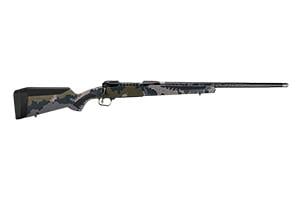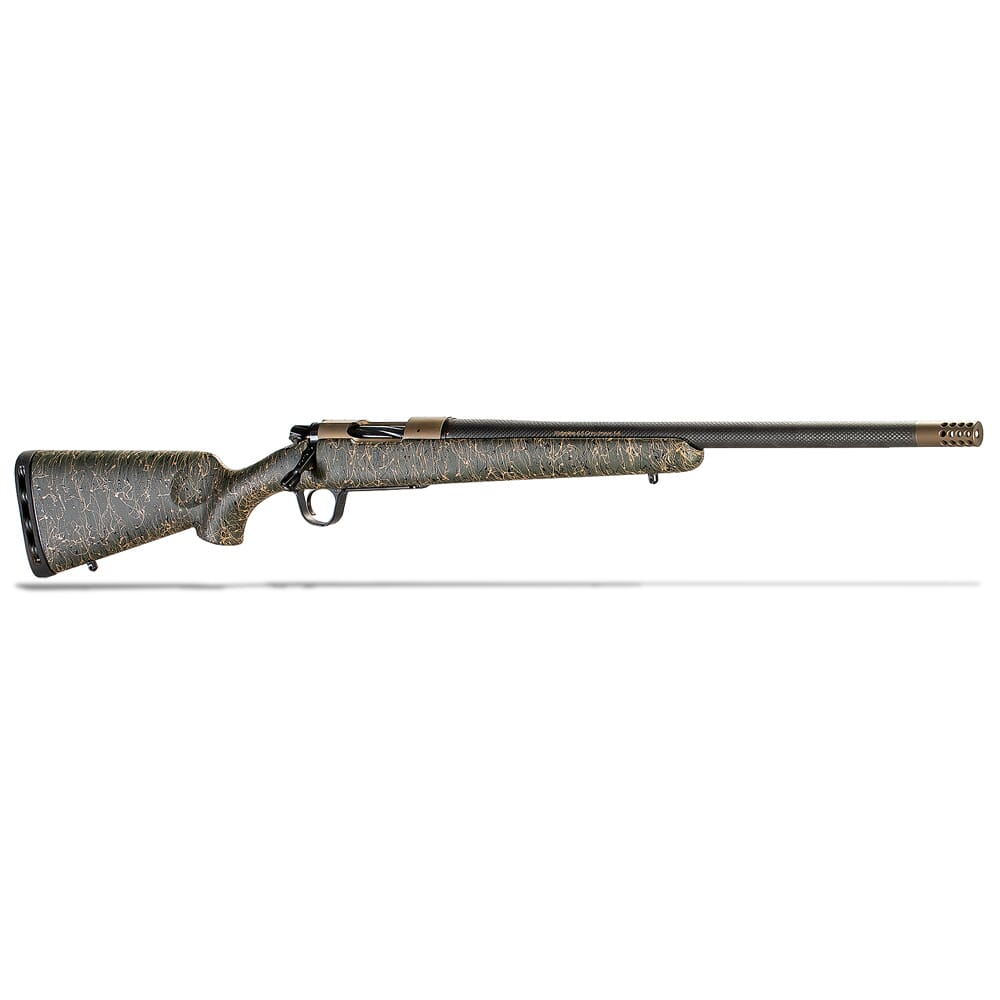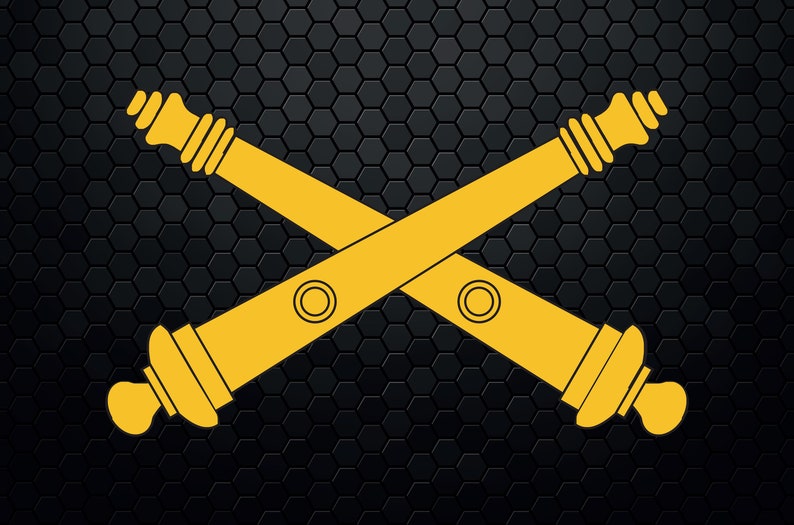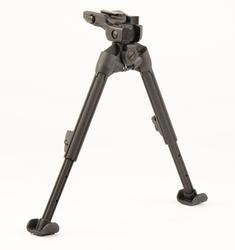You answered your own question right there. Why settle for the additional weight and cost of a FFP optic if the low power isn’t used for holds anyway? That’s why SFP is still popular for some applications; it’s not ‘cause people choosing SFP are dumb or something. In those applications, there’s no real advantage to FFP, and definitely some disadvantage.
Obviously in other applications FFP is superior. It just depends what the rifle is being used for, and how, and by who. Plenty of room there for different situations than yours. Thinking one or the other is always superior to the other just points out a limited range of experience.
That’s exactly what I posted ie “shotguns” are better in some situations.
Refecting on what the OP stated
"Looking to build or buy a true lightweight rig in 6.5 creedmoor or 308win for mountain hunting."
But let’s be honest, 100% of the people I ever talked to in person that is trying to build a pricey true
lightweight rifle and willing to put up with the extra felt recoil are doing so because they are packing it and usually in the mountains where the ranges tend to be longer, cross canyon shots are probable, etc., dealing with sun-induced lens flair and wind or similar situations in the plans. Most of these combinations require the user to be lower than max power but nowhere near minimum zoom. In these cases, SFP and BCD drop scopes are clearly handicapped. Sure you can set this rifle up for a jump shot, but these lightweight somewhat pricy builds usually are not purposefully built for super dense areas.
I'd encourage someone building a lightweight rifle to consider the extra 8oz or so a good light FFP adds for the benefit it delivers if the gun is being used to hunt in the West or in the Mountains; well any place longer shots are a possibility. You can lose more than the 8-10oz somewhere else be it by going to a combination of lighter items and often just one item in your total pack out. You can sub a sling for a gun bearer, lose the bipod altogether and use the same tripod you do for spotting, changing out your pack to something like the modern high-tech uber light load carrying bags like from Stone Glacier or KUIU and others - you name it. There are a lot of ways to lose weight, hell, I need to stop drinking beer.
My point remains the same, it's wise to build the gun so it hits what you're aiming at with the minimum effort rather than just chase 100% numbers on paper. As an example you might want to add a Ti brake for a couple of ounces so you can shoot and see your impact, that's incredibly useful; maybe it's a better scope. Just food for thought -- again during Elk season I see horrible longer shoots by guys using SFPs and BDC, almost always people forget what zoom they are on in the adrenaline-induced moments. I'll be the first to say that this is more to do with the fact that so many hunters still use SFP than the equipment itself, I am probably just seeing less practiced individuals; either way, it's very sad.
OP be careful because a lot of people are talking bare rifle weight. I think with the GAP suggested Bushnell LRHS FFP you mentioned,
you're on to a good scope choice except it does not feature illumination and is a hair tighter in FOV that I personally like. At 28oz you can shave a lot of weight by going to the
Razor HD LHT 4.5-22FFP at 22oz; Illuminated with a similar FOV 23.5' @ 100. In the same weight as your LRHS, you can do a genII 3-15 illuminated with 41' FOV. Again in the mountains, high FOV is not a huge issue for most people. I am running an MK5HD 3.6-18 illuminated at 26oz with 28+' FOV @ 100. The March is lighter at 24oz, but I do not like the reticle or the illumination and the eye box is a hair more finicky.
My impetus for typing so much is to provide something to think about. I've seen a lot of my friends do as I did at one point or another and think they needed the very lightest of the light, only to find they struggled truly shooting it well long-range and just couldn't practice enough with them. For me balance of features and shoot-ability in building a lightweight mountain rig is key.
Here is one of my hunting guns it's a magnum for Elk, in general, magnum rifles with their longer action and longer barrels tend to have higher base weights, I'll share my compromises: I added weight in these areas, I am running a big Ti brake at 1.3oz, 26oz FFP with illuminated reticle, Ti action rails vs hard mount, a longer carbon barrel (more weight). 3oz 10" 1.5 Dovetail (shooters better off a backpack and of course is tripod ready, 2 oz Sidewinder dope card, 1.5oz SAP 2 round holder (this is not always used), more robust scope rings. The Manners Carbon Elite came in below (lighter) than specs, the carbon bold knob, skeletonized bolt, and fluted bolt save only maybe 2oz, and most was in the bolt knob over my badger. I find that between my rifle that sits at 7.8lbs in the same caliber with a shorter pencil barrel, no brake, and this one at 8lbs-14oz. One I can shoot ragged holes, see animal flesh move when hit, and the other I can barely practice with. Both guns seem equally heavy when tired, one gun inspires confidence the other I need someone to tell me where I hit, especially if off a tripod. I added a lot of features for that 1 pound penalty. My pack choice alone gained me back that and then some, just as my rain gear and other items do. It's the full system you want to consider. It's my entire system that lets me carry lighter than a lot of people, even though my preferred rifle choice is not Uber light, However, it is very light for what it is.











